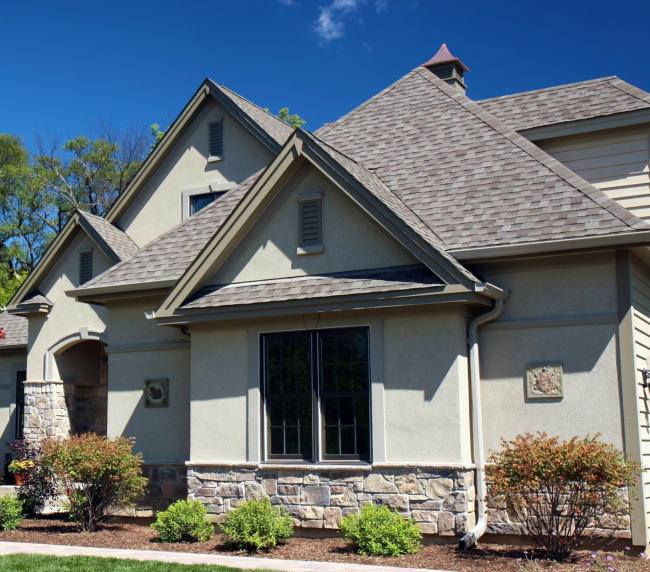
Today’s thin cut stone veneer looks like the real thing. However, it is manufactured from concrete, a combination of Portland cement and aggregate molded in rubber casts that capture the texture of real stone. Ground pigments provide its natural looking colors.
Lightweight fireplace stone veneer weighs far less than real stone, so it’s possible to construct rustic, historical looking surrounds that may even reach from floor to ceiling. It is a modern miracle that can give homes a historical look.
But dig deep enough into the past, and you discover that what seems new started in ancient times.
Ancient Synthetic Basalt
Many articles have commented on the strange trifecta of chance that an archeologist with the last name of “Stone” representing the State University of New York at Stony Brook, discovered the first evidence of artificial stone.
In 1998, The New York Times reported that Dr. Elizabeth C. Stone had identified slabs found a decade earlier in southern Iraq as being artificial basalt. Her team uncovered the find in the ruins of Mashkan-shapir, a Mesopotamian city that existed 4,000 years ago and had no basalt quarries.
Although real stone was scarce, basaltic river silt was plentiful in the land between the Tigris and Euphrates rivers. Dr. Stone theorizes that artisans melted the silt to create material for construction and stones used in grinding grain.
Historical Uses of Stone Veneer
Concrete was an invention of the Roman Empire. The ancient conquerors used it as the underlying structural material supporting more attractive brick and stone veneers in buildings such as the Coliseum. The art of making concrete disappeared at the fall of the Roman Empire after 400 AD.
About 1,300 years later, a British engineer devised a new formula. Thin stone veneer construction with real, hand-tooled stone reappeared in the late 19th century.
By the early 20th century, most natural stone veneer work was limited to building interiors, but the exterior of the Empire State Building is an example of heavy limestone veneer over brick and steel.
Arrival of Manufactured Thin Veneer
Natural stone veneer is about four times the weight of thin veneer product. This makes it more difficult to support on walls and more expensive to ship and to purchase.
RELATED: Control Dust & Dirt During A Home Remodeling Project
In contrast, today’s concrete stone fireplace veneer is affordable and supportable for many kinds of construction projects from commercial to residential.
Thin veneer manufactured stones vary in thickness from about 1 to 3 inches depending on the stone on which they are styled. They have become increasingly durable and realistic looking since introduction in the early 1960s.
The color of some manufactured thin veneer may fade faster than others due to being spray painted with pigment. However, at North Star Stone, we infuse the pigment during the curing process so it permeates the stones and looks natural.
North Star also hand assembles fireplace walls and smaller surrounds to avoid repetitive patterns. We strive for the highest craftsmanship while also making a luxurious look affordable.
For more information about the many kinds of fireplace veneer and designs available for your project, please contact us at North Star Stone. Let’s make it an important moment in the history of your home.

